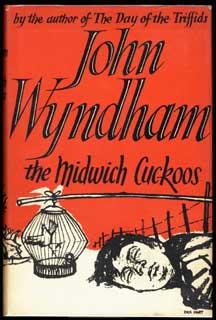 In 1957 British science fiction author John Wyndham published The Midwich Cuckoos,
and as a follower of H.G. Wells he believed that science fiction
stories worked best if there was only one aberrant event i.e. alien
invasion or what have you, and the rest of the story would be the
dealings of the everyday world to this one extraordinary event. John
Wyndham takes the very Cold War fears of the 50s and skews them through
the lens of science fiction; only instead of small town America under
siege from Jack Finney’s Invaders of the Body Snatchers Wyndham has his story takes place in the rural hamlet of Midwich.
In 1957 British science fiction author John Wyndham published The Midwich Cuckoos,
and as a follower of H.G. Wells he believed that science fiction
stories worked best if there was only one aberrant event i.e. alien
invasion or what have you, and the rest of the story would be the
dealings of the everyday world to this one extraordinary event. John
Wyndham takes the very Cold War fears of the 50s and skews them through
the lens of science fiction; only instead of small town America under
siege from Jack Finney’s Invaders of the Body Snatchers Wyndham has his story takes place in the rural hamlet of Midwich.The story is a simple one; out of the blue the small sleepy town of Midwich is knocked out by a strange force, every inhabitant collapsing into unconsciousness, and anyone who crosses this bizarre invisible perimeter surrounding the town falls into a state of unconscious as well. After several more locals fall victim to this peculiar phenomena, ignoring the warnings of the authorities, the army arrives and the area sealed off. Aerial photography shows an unidentifiable silvery object on the ground in the centre of the area that has been affected, the pilot dying shortly thereafter when he flies too low and succumbs to the debilitating force and crashes, but when a second aircraft is sent to reconnoiter the unidentified object is gone. The “Dayout,” as it will be called, ends and soon all the villagers awaken with no knowledge that they had just lost a day. There also seems to be no ill effects caused by the Dayout, that is until it is soon discovered that every woman in Midwich of child bearing age is now pregnant. This is a bit of a shock to the young virgins of Midwich as well as to the other unmarried women in town, which results in some of them trying to terminate their pregnancies by “falling down stairs.” You try explaining to your husband, who has been stationed out of country for over a year, that you didn’t have an affair.
The biggest criticism that can be laid against John Wyndham is that his book is very male centric; the women are almost completely passive and it’s up to the men to handle this crisis. Even when the children are born, all sporting golden blonde hair and strange eyes, the women are portrayed mostly as solemn beleaguered victims, and not offering much help to further the plot. The true nature of the Children is never revealed, the impregnation by aliens as some kind of experiment with the Earth being a petri dish is the most prominent theory, but their abilities are startling as they are inexplicable. These cuckoos have the mental ability to control the action of others, and seem to have no conscience about using this power at will. When a mother accidentally pricks her baby with a pin while changing him she soon finds herself forced to repeatedly jab a needle into her own arm, and as they get older the quick and brutal retaliation to any perceived threat is extraordinary; a young man clips one of the Children with his car while turning a corner and the next thing he knows he’s driving his car at high speed towards a wall.
The ability to force people to harm or kill themselves isn’t the only thing in the Children’s arsenal; There are 31 boys and 30 girls and if you were to teach one boy in the group to swim all the boys would now have this knowledge, but not the girls as their seems to be know mental connection between the sexes, yet if you taught one girl to solve a puzzle box all the girls would know the secret as well. This certainly speeds up the learning process as you only have teach one particular student a subject and they’d all know it, and though this capability is a marvel, something the government would be interested in, it’s the strangeness of the Children that has the town on edge. When the people start dying a mob is quickly formed, like any god fearing village would, but this just results in the Children mind-controlling the mob to attack each other.
Mob mentality versus alien powers; whose your money on?
The military had been keeping an eye on Midwich, the books narrator being a local asked to keep them informed on the Children’s progress; one of the more alarming things is that by eight years of age the Children now look about sixteen years old. The most alarming bit of information is that they learn that this Dayout was not something that only happened here in Midwich but at several other places across the globe; an Inuit settlement as well as a Mongolian village destroyed the babies immediately, the Dayout babies in Australia all died within a few weeks, suggesting that something may have gone wrong with the xenogenesis process. In Russia though the Children were allowed to mature, in what British Intelligence assumed was for military advantage as these beings could become powerful weapons, but then that town is “accidentally” shelled by an atomic bomb from a canon stationed some sixty to fifty miles away."We will not go quietly into the night."
To ensure such an event does not happen in Midwich the Children basically take the town hostage (they understand that the British government would have a harder time explaining to the public the mass murder of its own people than the Russians did), and they use their mental powers to prevent anyone from leaving town. The Children present an ultimatum; that they want to migrate to a secure location where they can live unharmed, and they want planes supplied to them towards this effort. The authorities are not too keen on this as The Children had basically stated that they are a superior race and that humanity will be enslaved and eventually dwindle into extinction.The book ends with Gordon Zellaby, an elderly Midwich who gained the Children’s trust and even some affection, deciding that they must die for the good of humanity, and Zellaby knows of their one weakness. Though The Children can "know "anything another Child had learned when it comes to visual stimulation that is something not properly passed along; so watching movies is something they do as a group. Zellaby uses this knowledge, abusing the trust he has built with The Children, and he smuggles a bomb hidden inside the movie projector. Zellaby sets the timer on the bomb, killing himself and all of the Children. That’s what I call a dark ending, and unquestionably bleaker than Martians dying from a cold virus.
The Midwich Cuckoos is a book about survival; not necessarily of the fittest but of the most pragmatic and ruthless. If Neanderthal man had the knowledge and wherewithal to see where his species was going could he have prevent the rise of Cro-Magnon? John Wyndham raises some interesting philosophical question with this book, and though the inherent sexism clearly dates the story in the 50s it still has a lot to offer modern readers. It is such a strong tale it’s no surprise that Hollywood was working on a screenplay of this book; even while he was still writing it.
The movie Village of the Damned (a title changed from obvious belief that the average audience member would not understand the “cuckoo” reference from zoology; a cuckoo being a bird that lays its eggs in another bird’s nest, supplanting that birds natural offspring) was released in Britain in June 1960 and quickly saw lines around the block as word of mouth spread as to what powerful and disturbing film it was. Though an MGM British production it still was a rather low budget affair, but luckily for us genre films, specifically of horror and science fiction films, were not looked down upon by British actors, and thus we get an amazing calibre of actors to fill out the cast in these movies.
George Sanders ditching his standard caddish character for a more sympathetic one.
The small budget may not have prevented getting the best actors Britain had to offer but it did effect how many it could get; thus the multitude of characters that appear in the book is trimmed down, and some characters are forced to do double duty for the sake of the adaptation. One of these changes is to the stories benefit and that would be the book's narrator being jettisoned from the movie; as he was almost characterless in the novel and only seemed to exist to report on things other people had told him about, His exclusion is for the best. The character of Gordon Zellaby (George Sanders) is pushed front and center, and as he is the one to make the noble sacrifice at the end this makes structural sense. Sadly this film still reeks of 50s sexism and women are left to just wring the hands and provide little else to the story.No longer are there sixty Children but instead the number has been whittled down to a meager dozen, but director Wolf Rilla makes up for this by beautifully depicting the eerie cold-calculating ruthlessness of the Children. Standing out among them is David Zellaby (Martin Stephens) the Child of Gordon who kind of works as the de facto leader of the Children, and as child actors go young Martin was amazing. The ability to make this small group of children terrifying is no small feat, and the eerie effect of the children's glowing eyes works beautiful here (the effect was created by matting a negative image of their eyes over the pupils when they were “using” their powers), and seeing them walk in step, turn and focus their baleful stares on a victim, is still chilling even after repeated viewings.
This adaptation retains the Children’s ability to know what another of the group has learned, but they ditch the idea that boys learn as one group and the girls learn as another. As this idea needless complicates things from a film/story point of view I can completely understand. Yet the biggest change is that they give the Children the ability to not only control minds but read them; in the climax Gordon Zellaby has smuggled a time bomb into the classroom and is forced to create a mental “Brick Wall” to prevent the Children from knowing what he has planned; while in the book he just wheeled the bomb in with the Children’s unknowing help. This change does allow for more dramatic tension and also offsets the fact that he is blowing up a room full of children. In the book the children are excited to see this new film, and though these Children are a threat to humanity at this moment they seem just like normal kids, and this makes the ending of the book much darker when they are betrayed and killed. One can completely understand Hollywood execs at the time wanting to ensure audiences knew that these were monsters dying not children.
Creating the mental brick wall.
Censorship of the time also caused the filmmakers to tone down the violence and death toll that was in the book; in the novel two families were wiped out by fire during the Dayout and several more people die of exposure. This comes from the change of the Dayout in the movie actually being an hour long rather than the full day that it was in the book. In the movie we see a women unconscious next to an iron burning through the dress she was ironing, if the blackout lasted as long as it did in the book she most likely would have died in a fire, and of course no one is laying outside long enough to die of exposure to the elements.The only casualty of the Dayout to make it into the movie is a pilot who flies to low.
Other than that the book and the movie are very similar in structure, and the tenor of the dread and horror is perfectly translated to the screen, but the filmmakers did have to dance around the virgin pregnancy issue because at first the film was considered an attack on the Catholic church, and then they also had to ditch the alien craft being spotted as that implied aliens wandering around Midwich “implanting” the women of the town with alien offspring. Instead they came up with the theory that energy has been beamed across space to impregnate the Midwich women. That is a pretty cool concept and the scene of the different officials arguing about how this all happened and what to do about the children is very well orchestrated."Men, we have to protect our phoney-baloney jobs!"
This does bring up a standard Hollywood scientist trope, in movies of the time we were exposed to two different kinds of scientists; either they were the heroes who figure out the way to stop the monster or alien invasion, but more often and not they were the ones fighting to preserve the creature/aliens as they “Need to be studied for the benefit of science.” The Village of the Damned is unique as it kind of has the character of Gordon Zellaby fill out both of those tropes; he argues for the government to spare the Children, as these super-smart kids could advance Earth’s sciences greatly, but he is also the one who ends the problem by blowing them up. Even more amazing is that actor George Sanders is able to keep this character sympathetic throughout, and he is certainly helped out by a stellar supporting cast; Barbara Shelley as Zellbaby’s young wife, Michael Gwynn as the brother-in-law, Laurence Naismith as the towns chain-smoking doctor, and Bernard Archer as the beleaguered vicar who’s faith is challenged by the stories events. If you are a fan of Hammer Films those names are very familiar and you know you are in good hands. All of this resulted in a chilling science fiction/horror movie holds up remarkably well; the same cannot be said of the 1995 remake.Universal Pictures thought this story could use some updating and they tagged horror director icon John Carpenter to helm this remake; Carpenter himself took the job simply because he was contractually obligated to, and he was told that if he directed this movie he’d be allowed to make his version of The Creature of the Black Lagoon.
Not only do they move the location of the story from Britain to Northern California, because you know American audiences won’t watch a movie if it’s not about them, but unlike the book and original movie it doesn’t immediately start with the Dayout; instead we get ten minutes of introduction of the characters. This does allow for Carpenter to get in a nice fake-out as during this ten minute intro we meet Frank McGowan (Michael Paré), who clearly looks to be your standard movie hero of this genre, but when the Dayout happens he is knocked unconscious while driving and has a fiery death. It’s his wife Jill McGowan (Linda Kozlowski) who becomes an integral character in the film. The biggest plus this adaptation has is giving women more substantial roles; not only do we have sympathetic newly widowed Jill, who is also the principal of the town’s school, but we also get the character of Dr. Susan Verner (Kirstie Alley), who is the scientist brought into studio the strange “alien” Children.
Is she part of a shadowy government conspiracy or Jenny Craig?
Strangely enough though she is first depicted as cold and calculating, we see her steal one of the babies when it dies during childbirth, but then she ends up getting a tragic and sympathetic death. She is forced to basically disembowel herself by one of the children. This gruesome death is only one of the moments that this modern adaptation give us to warrant an “R” rating; during the Dayout (still not a full day but in this movie it’s six hours) when the villagers wake-up they are greeted with the ghastly sight of a man who had passed out over a barbeque.Give him some Bactine and he will be fine.
The “hero” of the movie is Dr. Alan Chafee (Christopher Reeve), who stands in for the character of George Zelaby that George Sanders played in the original, but in this adaptation though he is the one to eventually blow up the Children he is a more tragic figure as his wife is forced to commit suicide by the alien child Mara (Lindsey Haun). This causes Alan to become despondent, and at first refuse to help Jill McGowan with the Children, but his hatred of the Children is changed when he has an encounter with Jill’s son David (Thomas Dekker) who of all the Children seems the most human. This is the biggest departure from the book as we learn from David that the baby that was stillborn was to be his partner/mate, leaving him alone unlike his paired off brethren, which now sets him apart from the others. Later we get a look at his stillborn other half, and I’m not saying he’s better off but…Their alien origins is more on the nose here.
This allows for the movie to have a slightly less bleak ending; though Alan sacrifices himself to blow up the Children Jill is able to escape with David, and though not one of the better “stinger endings” it does end the film with a nice hopeful note. What we may never know is exactly how John Carpenter intended this film to be. Many report that one third of the film is missing due to the studio’s then common practice of taking a finished product and ruthlessly cutting into a form they think will sell, and so many of the film’s flaws could be attributed to this. A key example of this would be the character of Reverend George (Mark Hamill) who goes from being a man concerned with the safety of his flock to taking a sniper rifle and gunning for the Children.Thou shalt not kill apparently doesn’t cover alien hybrid children.
Clearly the film is missing a scene or two where the Reverend George somehow came to the conclusion that the only way to keep the people of Midwich safe was to end the threat Old Testament style, but how he came to that conclusion we will never know. Another scene we know was cut dealt with the Children encountering a group of normal children and dealing with them harshly; this could have helped explain the growing unease the Reverend had. Sadly not all the film’s faults can be laid at an interfering studio; like John Carpenter’s adaptation of Stephen King’s horror novel Christine this was a film that he had no personal passion for, and it really shows.All the adult leads do solid work here, and Thomas Dekker as the alien child is the one stand outs among the often "not so great" child actors, but the film never does quite jell as a whole. Carpenter takes some elements from the original, ditches others, and then supplants them with a few of his own. In his remake of The Thing From Another World, where he actually went back to the source material which worked greatly in the film's favor, but here the changes seem more arbitrary than organic. In the book, and the original movie, the government is able to keep the whole event out of the press, which is something you may be able to pull off if you were dealing with a small hamlet in Britain in the late 50s, not so believable is the lack of press showing up when it happens to a coastal town in Northern California in the mid-90s. If Carpenter wanted to do something different with his version he could have dealt with how the media and the country as a whole would handle this type of threat. Instead we get an incompetent military arriving in Midwich but who strangely disappear after deducing the Dayout wasn’t caused by a biological attack.

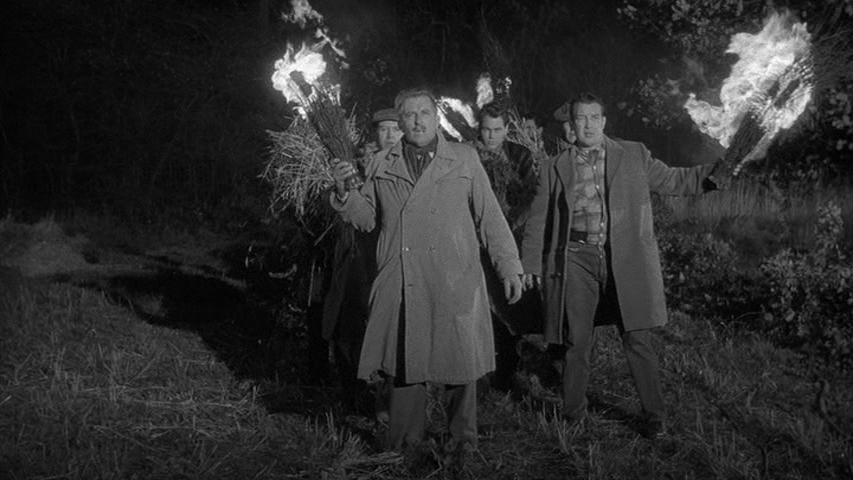
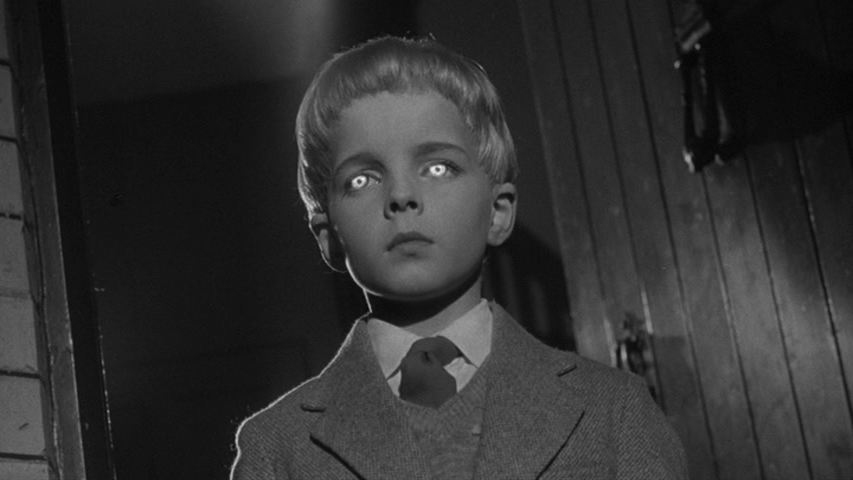



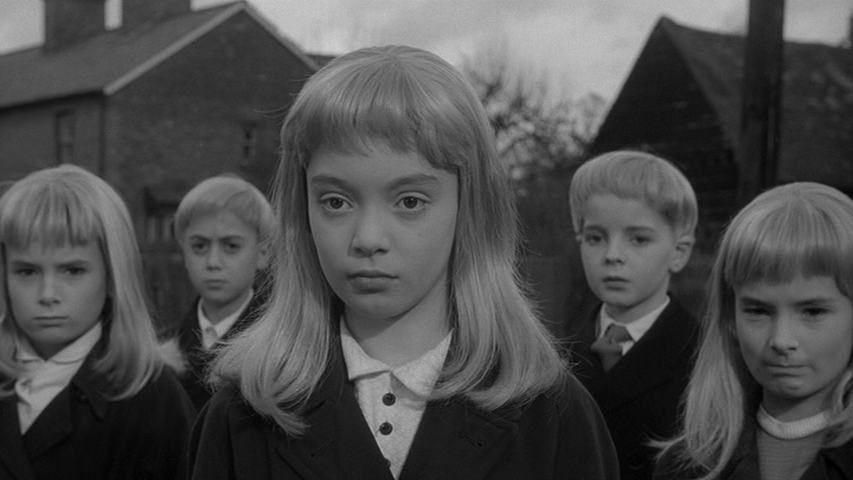
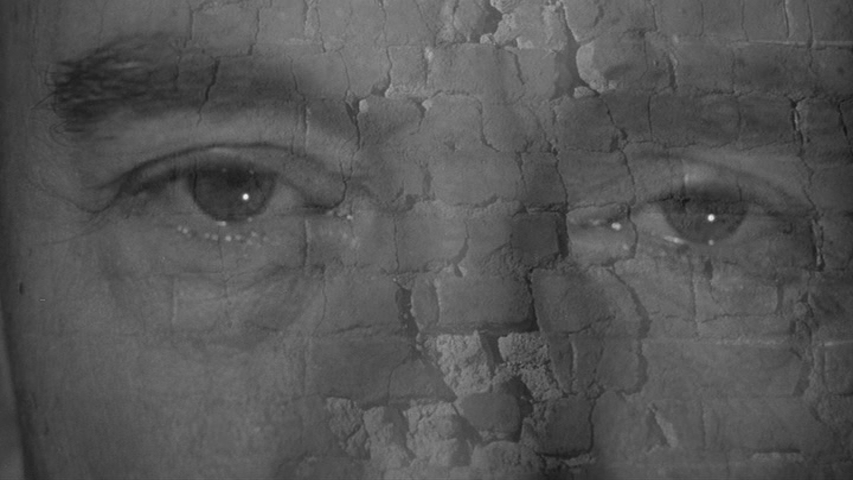
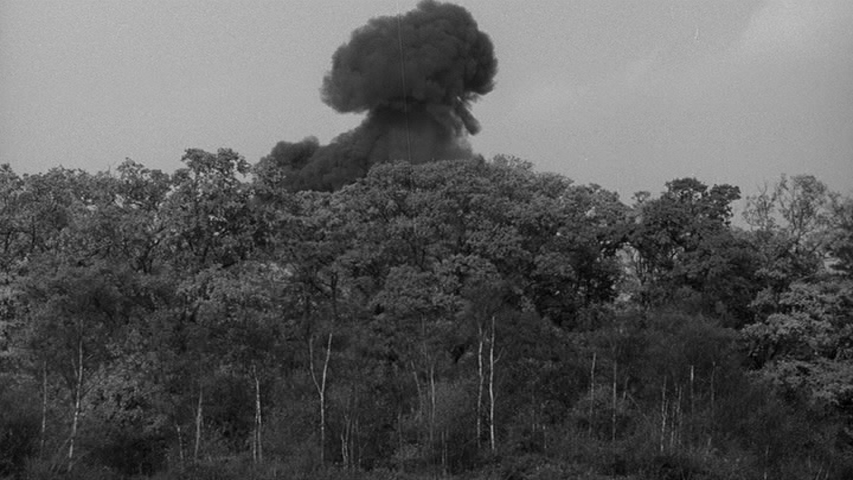
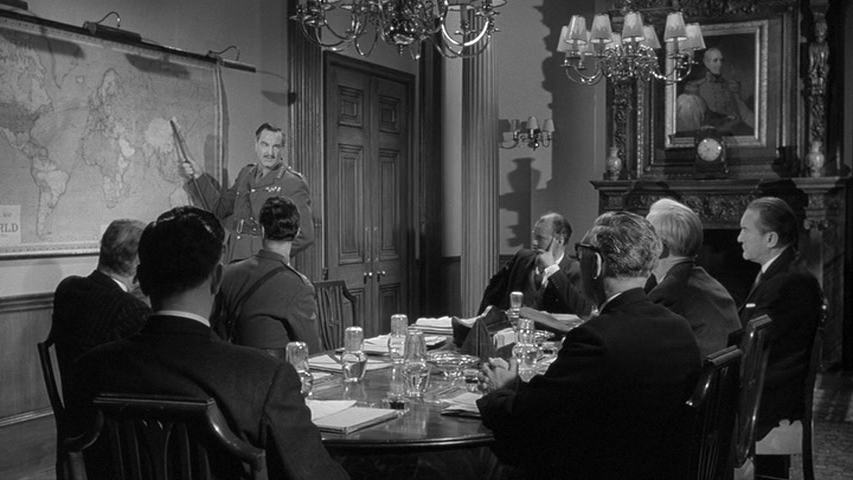

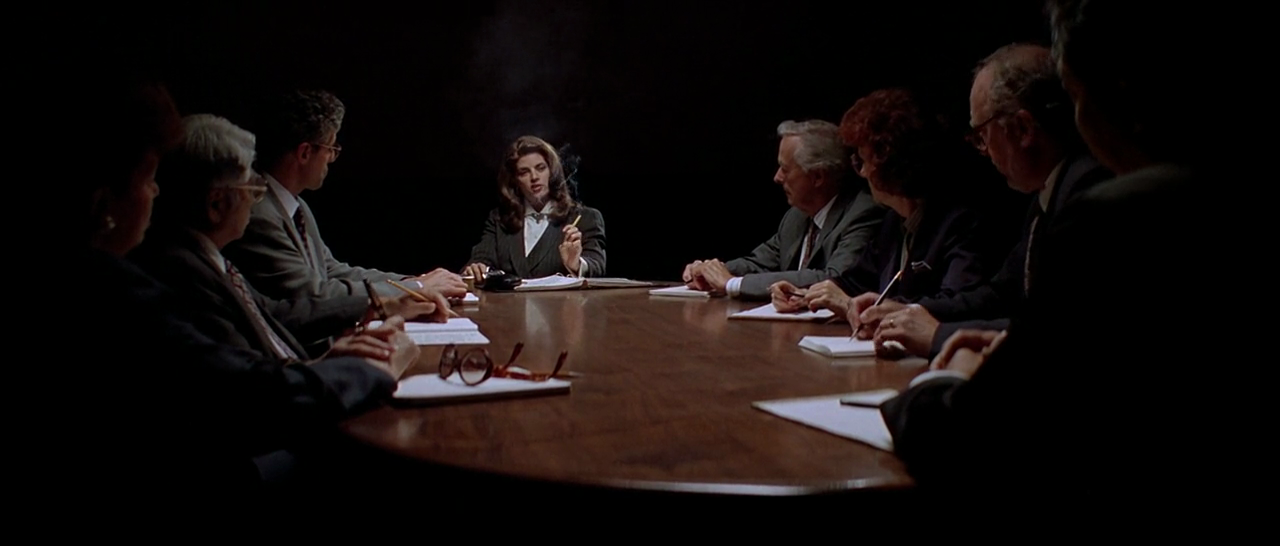
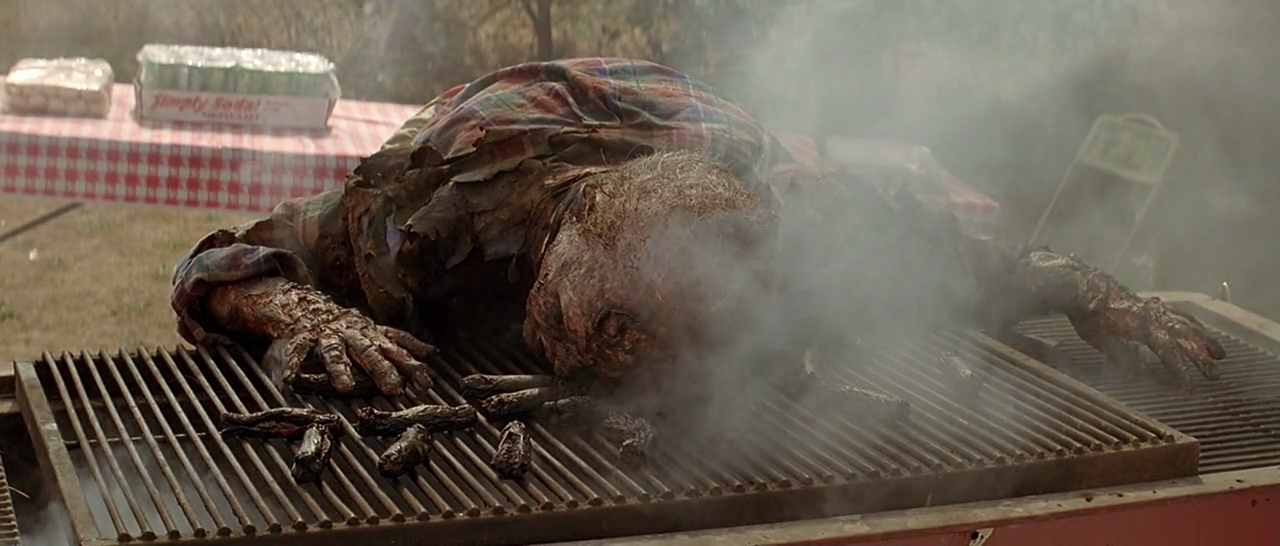
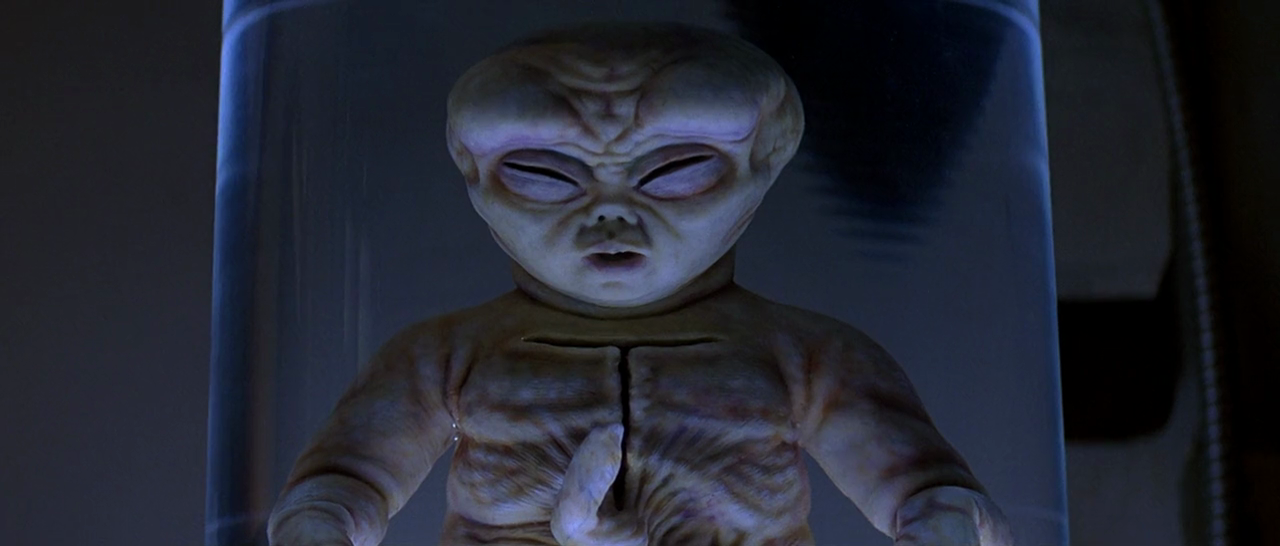
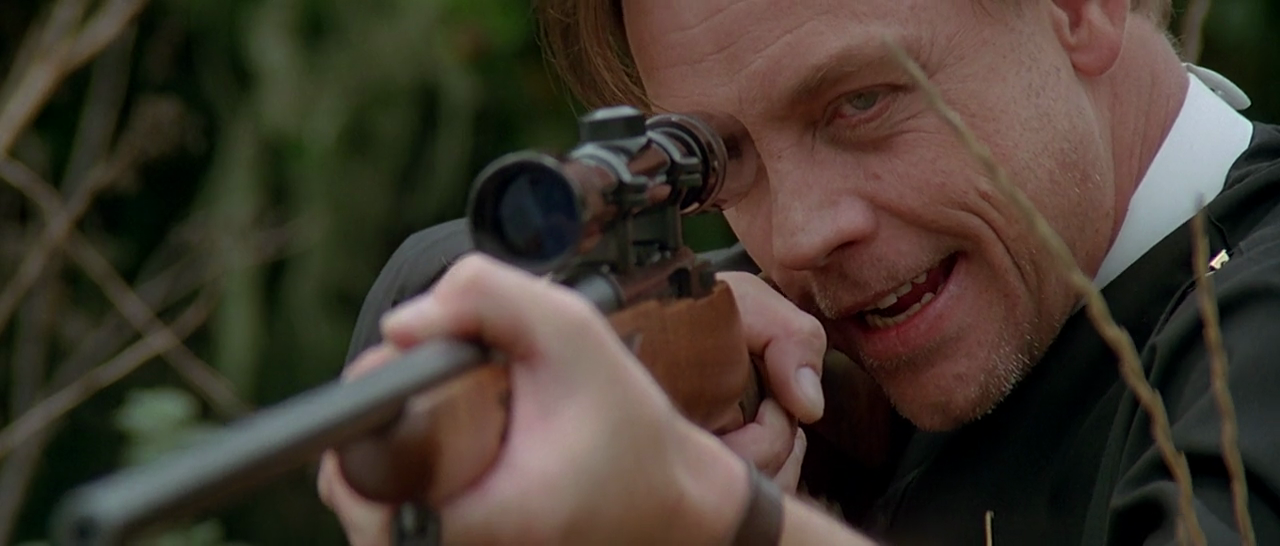
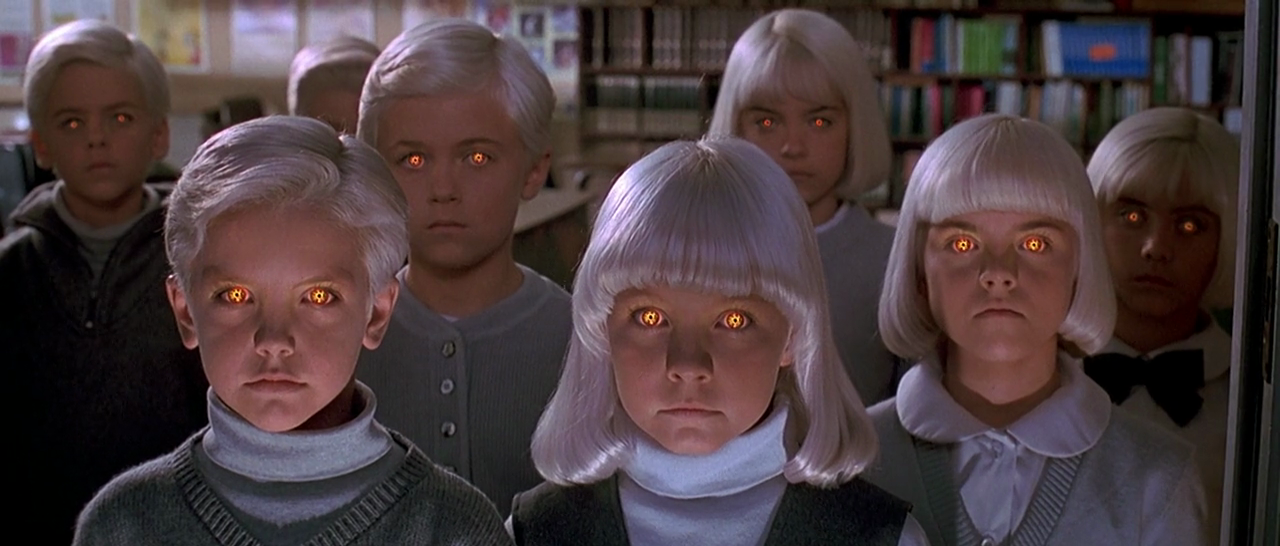
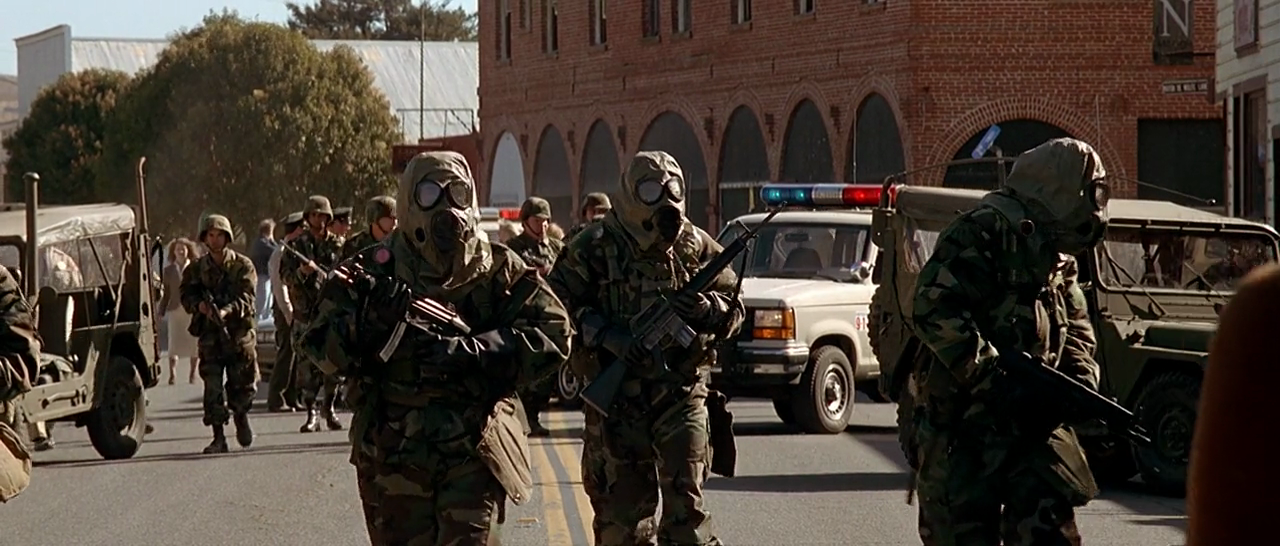

No comments:
Post a Comment